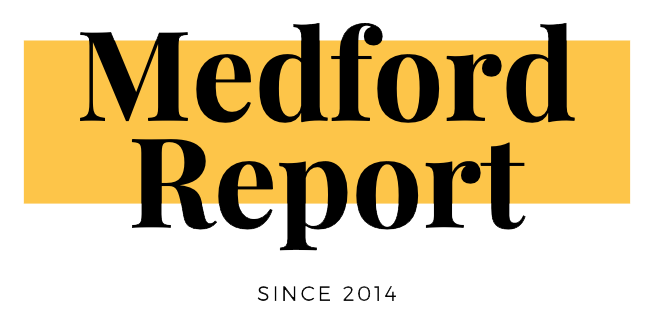Medford, OR – Since the launch of Oregon’s Early Literacy Success Initiative in 2023, over 250 schools have benefited from a portion of the state’s $90 million allocation. The funds have been used to support new elementary reading curricula, hire reading tutors, fund after-school reading programs, and provide training for teachers in evidence-based reading instruction. However, with Governor Tina Kotek now proposing tweaks to the program — including an additional $100 million for the upcoming biennium — some literacy advocates are calling for a more targeted approach.
Oregon Kids Read, a nonprofit advocacy group, is urging state legislators to direct a portion of the new funding toward 42 schools with the greatest literacy challenges. These schools, which have the highest percentages of third through fifth graders not reading at grade level, also serve a disproportionate number of students from historically underserved communities, including Black, Hispanic, Latino, Indigenous, rural, and low-income families.
In a recent open letter signed by over 100 educators, the group called for 20% of the $100 million in additional funding to be earmarked specifically for these high-need schools. That amounts to $20 million, or approximately $476,000 per school — more than 20% above the average amount of $363,000 each school received during the last biennium. Oregon Kids Read argues that this targeted investment would provide a much-needed boost in reading instruction for students who need it most.
The 42 schools identified by Oregon Kids Read are spread across the state, with a notable concentration in the Salem-Keizer School District, which serves roughly 40,000 students, many of whom are from low-income households. Advocates say the funding would help ensure that all K-3 teachers and administrators in these schools are trained in the “science of reading” — a research-backed approach to literacy instruction — by the fall of 2027.
As it stands, Oregon’s literacy rates remain troubling. According to the National Assessment of Educational Progress (NAEP), nearly two in five Oregon fourth graders and one in five eighth graders have scored “below basic” in reading. This means a significant portion of students struggle with understanding simple words and sentences. Many of Oregon’s nearly 10,000 elementary school teachers were trained in varying methods for teaching reading, with some institutions failing to adequately prepare them for the task, according to a recent analysis by the National Council on Teacher Quality.
Governor Kotek’s proposal to update the Early Literacy Success Initiative — House Bill 3040 — would allow grant funding to be used to train classroom assistants, in addition to teachers and administrators. The bill also aims to ensure that any new reading curriculum purchased for K-5 students is approved by the State Board of Education. Furthermore, it would create a network of literacy experts within the Oregon Department of Education to help coach school and district literacy specialists.
However, Oregon Kids Read has pushed for further amendments to House Bill 3040, urging that the funding be used specifically to address the needs of the 42 schools with the most significant literacy gaps. Angela Uherbelau, founder of Oregon Kids Read, highlighted the importance of accountability in spending and student outcomes, noting that the state should take responsibility for ensuring that funding is directed where it will have the greatest impact.
The advocacy for targeted funding echoes a similar battle fought in California several years ago. In 2017, three school districts in California were sued by students struggling to read, leading to a settlement in which the state allocated $50 million to improve literacy instruction in 75 of its lowest-performing elementary schools. Uherbelau emphasized that Oregon should avoid the need for a similar legal fight by proactively addressing literacy disparities now.
In her statement, Governor Kotek acknowledged the ongoing work to refine the Early Literacy Success Initiative and ensure that it benefits all students. “As we continue to roll out the Early Literacy Success Initiative, we owe it to our students to stay focused on the details and get this right,” she said.
While the Governor’s proposed changes are seen as a step forward, many advocates argue that more targeted efforts are needed to ensure that the students most at risk of falling behind are given the support they deserve. As the debate continues, the future of Oregon’s literacy programs hangs in the balance, with high-need schools anxiously awaiting the next steps in the state’s efforts to close the achievement gap.

